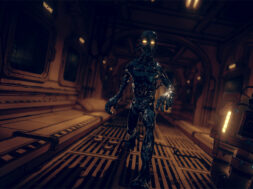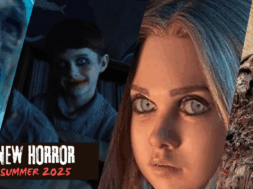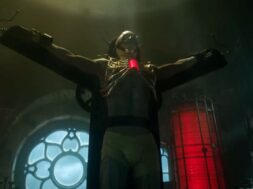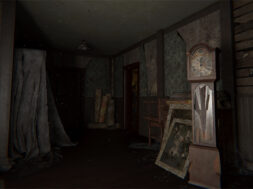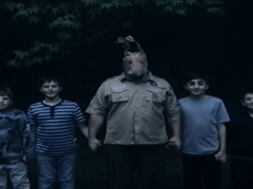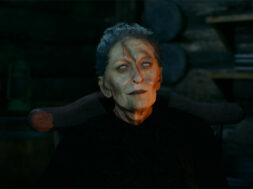Joe Dante’s Gremlins may be a permanent fixture in the holiday viewing rotation, but early versions of the film lacked a key component that would’ve forever altered its reception – the adorable Mogwai Gizmo. The original screenplay was far more rooted in horror, and Gizmo wasn’t the cute sidekick to Zach Galligan’s Billy Peltzer. All Mogwai changed into vicious Gremlins in the script, and the Mogwai that eventually evolved into Gizmo as we know him was to be the one that transformed into lead antagonist Stripe. During pre-production, Steven Spielberg suggested that the Mogwai be colored to resemble his dog, and that one wouldn’t change into evil; that Mogwai would stay cute and be friends with Billy. That change, combined with the fantastic practical effects and puppetry made Gremlins not just a holiday classic, but an all-time classic.
Using Chris Columbus’ script as a starting point, and conferring with Dante on various designs, Gremlins creature creator Chris Walas (The Fly, Arachnophobia) was given a lot of artistic freedom. The design for the Mogwai was settled upon quickly, but the Gremlins proved a little trickier as they were described to be something more akin to a little devil in the script, complete with horns and a long tail. Walas took the story into account, namely in how the Gremlins were a monstrous evolution of the Mogwai, and designed them more in line with the Mogwai’s anatomy.
Though the design of the Gremlins may have been more difficult than that of the Mogwai, the opposite proved true when it came time to bringing them to life on screen. To be clear, all of it was a daunting task for Walas and the creature crew; the sheer volume of creatures that would appear on screen and the variety of movement they’d need to do was an overwhelming project. And that was after it was decided that the creatures would be puppets (Dante originally suggested that the Gremlins be monkeys in suits). But the larger size of the Gremlin puppets compared to their smaller, furrier counterpart meant easier maneuvering for the special effects team.
As changes were made in the story during production, the scope of work continued to grow, but it also meant that a lot of puppets the team built were never even used. The Gremlins weren’t just simple puppets, either, a lot of them were animatronic puppets that required around a dozen puppeteers operating a single puppet, all working together to coordinate the puppet’s movements. As Gizmo became more prominent in the story, that meant more closeups of Gizmo doing adorable things like reacting to movies on TV. The smallness of Gizmo meant less cooperative animatronics, and so large puppets were built for the closeups.

The work the special effects team did, adapting through production’s many changes, and Walas’ design contributions is a crucial component in the longevity of the film. But there’s one final piece that took Gizmo and the Gremlins from memorable to one of the biggest monster movies of the all-time – the voices. An initial cut was that was screened only used simple animal sounds for the creatures. Luckily, voice actors were hired to further bring the Mogwai and Gremlins to life. Considering the film had already been shot, the actors came up with the creatures’ dialogue based on the on-screen movements of the creature. From there, Howie Mandel took cues from Gizmo’s appearance and gave him a cute, naïve voice to match while Frank Welker made Stripe even meaner.
Between Spielberg, Dante, Walas, and the extensive crew and cast, Gremlins began as a horror concept and became a larger than life genre-bending film with humor, heart, and some scares. Gizmo and Stripe, and the horde of mischievous little green monsters immediately became a hot commodity at Christmas in 1984, and they’ve never left the pop culture collective since.



